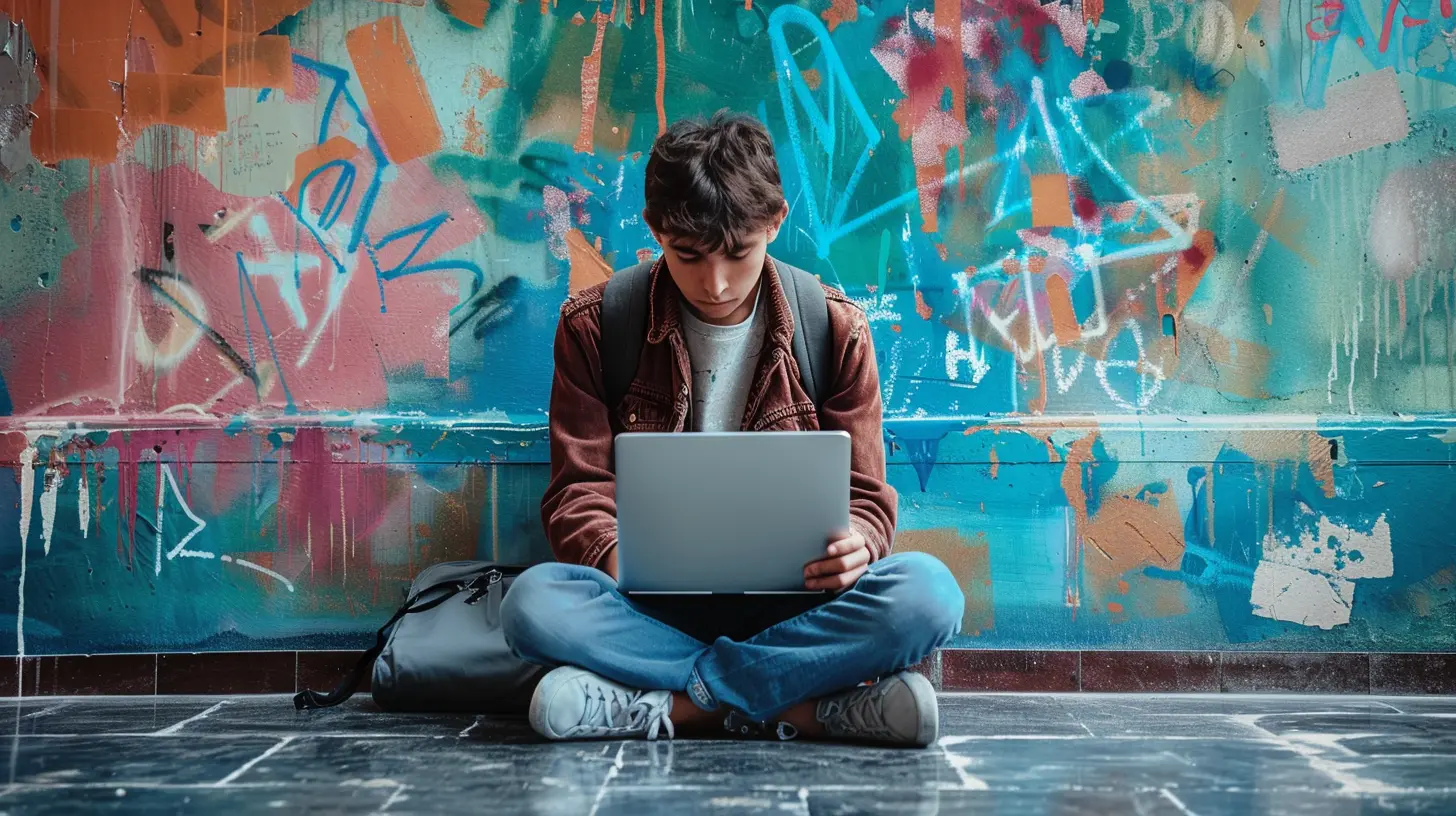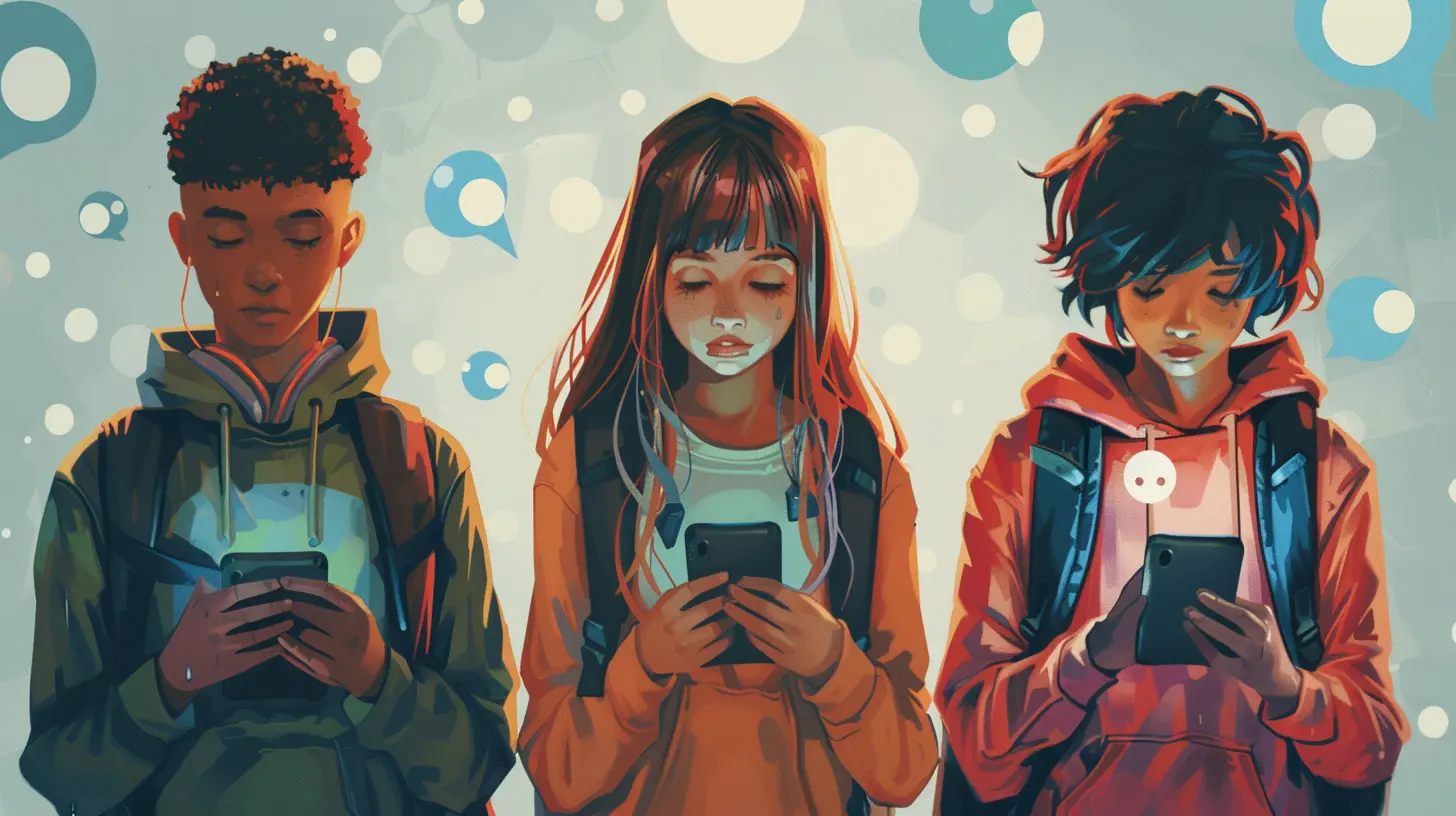How Digital Literacy Can Help Combat Cyberbullying
24 July 2025
Let’s face it — the internet is awesome. It connects us, entertains us, educates us, and adds convenience to our daily lives like never before. But it’s not all likes, shares, and viral memes. There’s a darker side to the web too, and one of the most alarming issues we face today is cyberbullying.
Whether you’re a student, a teacher, a parent, or just someone who spends time online (so, basically everyone), you’ve probably seen or heard about cyberbullying. It’s toxic, emotionally draining, and unfortunately, way too common. But here’s the good news — we can fight back. And a powerful weapon in our digital toolbox is digital literacy.
In this article, we’re going to break down how digital literacy can help combat cyberbullying, and why it’s more important than ever in our connected world.
What Exactly is Digital Literacy?
First things first — let’s define what we mean by “digital literacy.” A lot of people think it’s just knowing how to use a computer or browse the web. But it goes way deeper than that.Digital literacy is the ability to:
- Use digital tools and platforms confidently and responsibly
- Understand how information is created, shared, and consumed online
- Evaluate the credibility of online content
- Communicate effectively and ethically in digital spaces
- Protect personal privacy and digital security
In short, it’s about being smart, safe, and savvy in the digital world.
The Growing Problem of Cyberbullying
To really understand how digital literacy can help, we need to paint a clear picture of the problem.Cyberbullying is when someone uses digital technology — like social media, texting, gaming platforms, or forums — to harass, threaten, or embarrass another person. It can include things like:
- Spreading rumors or lies online
- Sharing private or embarrassing photos without permission
- Sending threatening messages
- Impersonating someone online to damage their reputation
- Excluding or targeting someone in an online group
Unlike traditional bullying, cyberbullying can happen 24/7, and victims often feel like there’s no escape. The emotional and psychological toll? Huge. It can lead to anxiety, depression, low self-esteem, and in extreme cases, even suicide.
So, How Can Digital Literacy Help?
Here’s where digital literacy comes into play. It empowers people — especially young users — with the knowledge and skills they need to navigate online spaces safely and responsibly. Let’s dive into the ways in which digital literacy is the game-changer we need.1. Recognizing Red Flags
One of the first steps to stopping cyberbullying is being able to recognize it. Digital literacy teaches users to spot the signs — and not just the obvious ones. It helps people understand social cues in texts or online posts, decode sarcasm, and identify manipulation or gaslighting.When you're digitally literate, you learn to question what you see. Is that message really a joke, or is it crossing the line? Is that meme funny or hurtful? Do I feel good after reading that comment, or did it leave me anxious?
Teaching people to pause and reflect before reacting is a subtle but powerful skill.
2. Educating the Bystanders
Cyberbullying doesn’t just involve the bully and the victim — there’s often a silent crowd watching. Unfortunately, silence can be mistaken for approval.Digital literacy encourages bystanders to become upstanders. It teaches them how to speak out, report abusive behavior, support the victim, and refuse to share or like cruel content. It helps people make ethical decisions online, even when it’s not the popular choice.
Imagine if every person scrolling through their feed felt equipped to intervene responsibly. That creates a ripple effect — a more empathetic and respectful digital culture.
3. Building Empathy Through Digital Citizenship
Digital literacy isn’t just about tech skills; it's about understanding impact. When students learn that their words and actions online have real consequences, they begin to think twice before posting.Courses and programs that teach digital literacy often include lessons on digital citizenship — which is all about using technology in a respectful and positive way. And you know what comes with that? Empathy.
People learn to put themselves in someone else’s shoes. They see the person behind the profile picture. And when empathy goes up, cyberbullying goes down.
4. Encouraging Critical Thinking
One of the core pillars of digital literacy is critical thinking — questioning what you read, hear, and see online.This skill is especially helpful when it comes to misinformation and hate speech, which often fuel cyberbullying. Think about gossip spreading through a group chat. A digitally literate person might pause and ask: “Is this true? Where did this information come from? Should I be sharing this?”
Critical thinkers don’t just consume content — they analyze it, challenge it, and make thoughtful decisions. That kind of mindset shuts down toxic digital behavior before it can even start.
5. Teaching Safe Communication Skills
Not everyone knows how to express themselves clearly and respectfully online, especially when emotions are running high.Digital literacy teaches users how to communicate assertively but respectfully. For example:
- How to disagree without attacking
- The difference between teasing and bullying
- Why tone matters in texting
- How jokes or sarcasm can be misinterpreted online
When people know how to communicate better, misunderstandings — one of the top causes of online conflict — decrease significantly.
6. Strengthening Privacy Awareness
A lot of cyberbullying starts when private information is shared without consent. Think of leaked texts, screenshots, or photos that were meant to be private.Digital literacy teaches the importance of privacy — what to keep personal, how to set boundaries, and how to manage digital footprints. It also covers security basics, like using strong passwords and enabling two-factor authentication.
When people are aware of how to protect their information, they become less vulnerable targets, which adds another layer of defense against cyberbullying.
7. Empowering Victims to Take Action
Let’s be real — being bullied online can make you feel helpless. But digital literacy equips victims with practical tools and strategies to take back control.This includes:
- Knowing how to block or report offenders
- Keeping records of abusive messages
- Understanding legal rights and when to get help
- Using mental health resources for support
- Finding places online that foster positivity and inclusion
When victims know they have options, they feel less powerless and more resilient.
8. Encouraging Healthy Online Habits
We all need a digital detox sometimes. Overexposure to toxic content can amplify the effects of cyberbullying. Digital literacy promotes healthy habits like:- Taking breaks from social media
- Curating your feed to include positive, uplifting content
- Setting screen time boundaries
- Being intentional about what you post and how you engage online
These habits not only protect mental health but also reduce the emotional impact of online negativity.
What Schools and Parents Can Do
Digital literacy isn’t a one-time lesson — it’s an ongoing journey. Schools and parents play a HUGE role in building this skillset.In Schools:
- Incorporate digital literacy in the curriculum- Provide workshops and peer-to-peer learning opportunities
- Use real-life scenarios and role-playing to teach empathy and response skills
- Create a safe environment for students to talk about their online experiences
At Home:
- Have open conversations about daily digital life- Set family tech rules and boundaries
- Teach kids to think critically about what they see online
- Lead by example — model respectful, informed digital behavior
Creating a culture of digital literacy starts with consistent, honest communication and education.
The Power of Prevention
Let’s not wait until something goes wrong. Digital literacy is preventative medicine for the internet. When people know better, they do better — it’s that simple.Empowering users with digital literacy reduces the chances of cyberbullying before it even begins. It creates a safer online world — one comment, one post, one shared story at a time.
Final Thoughts
Cyberbullying is real, and it’s hurting people every day. But we’re not helpless. In fact, we’ve got a powerful ally in digital literacy. When people understand how to navigate the online world with empathy, awareness, and responsibility, everything changes.Digital literacy isn’t just a tech skill — it’s a life skill. And in our increasingly connected world, it might just be the key to creating a more respectful, safe, and inclusive digital culture.
So next time you’re scrolling through your feed, think about what you’re consuming, sharing, and saying. You’ve got the power to make the internet a better place — and that starts with being digitally literate.
all images in this post were generated using AI tools
Category:
Media LiteracyAuthor:

Madeleine Newton
Discussion
rate this article
1 comments
Izaak Henson
Digital literacy empowers students with critical skills to recognize, address, and prevent cyberbullying effectively, fostering a safer online community.
August 4, 2025 at 4:00 AM

Madeleine Newton
Thank you for your insightful comment! Digital literacy is indeed crucial for equipping students with the tools they need to tackle cyberbullying and promote a safer online environment.


